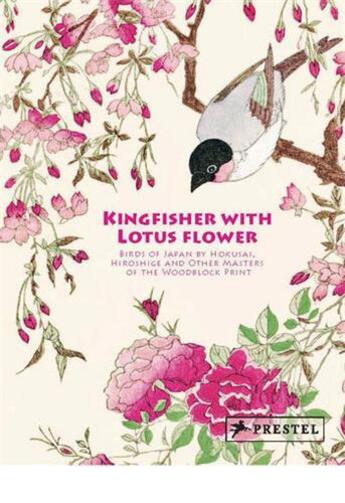-
Date de parution : 08/03/2022
-
Editeur :
Prestel
-
EAN : 9783791379388
-
Série :
(-)
-
Support :
Papier
Résumé:
Chickadees amid cherry blossoms, peacocks nestled in wisteria branches, sleeping owls against a moonlit night sky and majestic cranes diving in the ocean waves-these are some of the transcendent pleasures offered in this exquisite collection of plates bound in an accordion style format that... Voir plus
Chickadees amid cherry blossoms, peacocks nestled in wisteria branches, sleeping owls against a moonlit night sky and majestic cranes diving in the ocean waves-these are some of the transcendent pleasures offered in this exquisite collection of plates bound in an accordion style format that honors the Japanese bookbinding tradition. Every major artist of this genre is included-from Keisai, Keibun and Hokusai to Hiroshige and Koson-as the history of Japanese printmaking unfolds in stunning detail. An introductory booklet explores the centuries long role that nature has played in Japanese art, from Chinese influenced works of the Kano school, which depicted the bird as a Buddhist symbol, through to the ukiyo-e, when artists strove to capture fleeting moments of pure joy. Fans of Japanese art, lovers of birds, and anyone who enjoys beautiful depictions of the natural world will cherish this sumptuous, satisfying volume of earthly delights.
Donner votre avis









